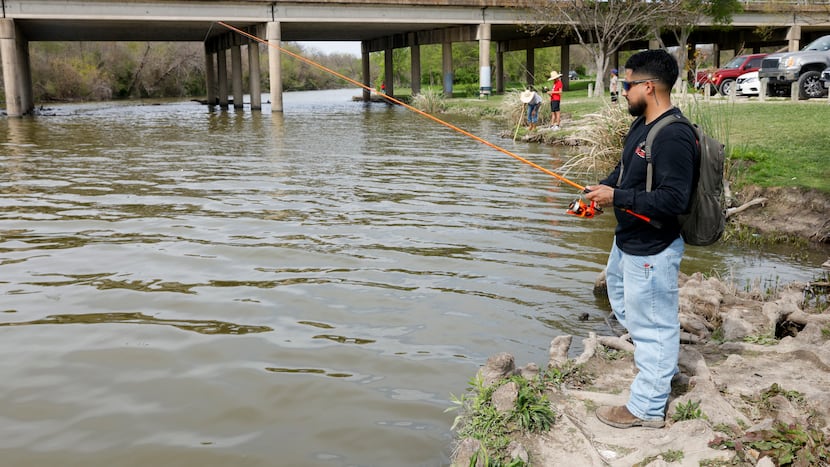Tests showed high levels of E. coli at Dallas’ White Rock Lake after Plano sewage spill
Samples taken from White Rock Lake showed elevated levels of E. coli after raw sewage spilled from Plano. The city of Dallas has reported that high levels of E. coli levels at White Rock Lake after a sewage spill in Plano, Texas, caused by 1.5 million gallons of raw sewage spilling into the water from Plano. The incident occurred March 14 when a valve at a water lift station failed, causing sewage to flow into three manholes and into White Rock Creek. The city suspended water-related activities at the lake and advised visitors not to fish or enter the water, but this order was lifted over the weekend after Dallas Water Utilities reported that samples had returned to normal, pre-incident levels. The Texas Commission on Environmental Quality is investigating the incident and it is unclear whether fines will be levied. This is not the first time untreated sewage has flowed from the city of Plano into the creek, with more than 320,000 gallons of sewage in the past year following a storm in November 2021.

Published : a month ago by Sarah Bahari in Environment
Samples taken from White Rock Lake showed elevated levels of E. coli after 1.5 million gallons of raw sewage spilled into water from Plano, according to a memorandum from the city of Dallas.
In the memo sent to the Dallas City Council on Friday, city staff said levels of E. coli remained high on March 21, one week after the spill began. The memo did not specify the extent of the contamination, and the city did not immediately provide results to The Dallas Morning News. Samples came from the water from White Rock spillway to Frankford Road.
Last week, Dallas officials suspended water-related activities at White Rock Lake and advised visitors not to fish or enter the water. The order was lifted over the weekend after Dallas Water Utilities reported samples had returned to normal, pre-incident levels.
The spill began March 14 when the valve at a water lift station in Plano failed, flooding the station and shuttering mechanical equipment. Sewage then overflowed from three manholes near 5510 West Plano Parkway.
That sewage rushed into White Rock Creek, which feeds into White Rock Lake. At one point, Plano officials estimated roughly 500 gallons of sewage were flowing into the creek per minute. Shortly before 5 a.m. Saturday, about 38 hours later, the spill ended.
A spokesperson for the Texas Commission on Environmental Quality, which is responsible for overseeing such incidents, said the agency is investigating the spill. It is not yet clear whether any fines will be levied.
Dallas has shared results E. coli test results with TCEQ, according to the memo.
Symptoms of E. coli infections vary but usually include severe stomach cramps, bloody diarrhea, vomiting and sometimes a mild fever. Most people get better within five to seven days, but some cases are severe or life-threatening.
The water lift station, operated by the North Texas Municipal Water District, has resumed operations with some temporary pumping in place. Final repairs to the lift station — which moves wastewater to a higher elevation on its way to a treatment plant — are nearing completion.
“The recent mechanical failure that led to the overflow in Plano was unfortunate, and we’re working around the clock to remedy the situation with the City of Plano and the appropriate regulatory agencies,” the water district said in a statement.
This is not the first time untreated sewage has flowed from Plano into White Rock Creek. More than 320,000 gallons of sewage spilled into the creek after a storm in November 2021 downed a tree, which fell on an aerial sewage line. And in June 2018, a ruptured wastewater pipe in Plano dumped 1 million gallons of raw sewage into the creek, forcing Dallas to suspend all recreational activities at White Rock Lake.
To reduce overflows, the city of Plano said it is replacing and relining aging sewer pipes, improving lift stations and conducting routine inspections of facilities and sewer lines.
